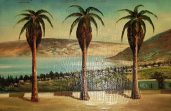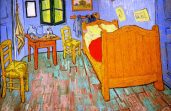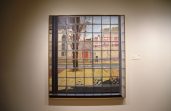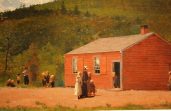Words not Numbers
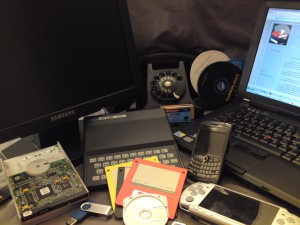
Elizebeth Smith Friedman, considered the first American female cryptanalyst, did not arrive at this job with a love for numbers, but rather a love for words.
Who was Elizebeth Smith Friedman, and how can we learn from her techniques and make them applicable for us in technology today?
Elizebeth was born in Huntington Indiana, in 1892, to Quakers, the youngest of nine children. She was raised on a farm and later would attend, the University of Wooster for two years. Elizebeth would transfer to Hillsdale College in Michigan, which was physically closer to her parents’ home, because her mother became ill. There were demands placed on Elizebeth, and her father had expected her to quit school and come home to take care of her mother. He did not understand why she needed to have a college degree. However, she persisted, and would graduate with a degree in English Literature.
Elizebeth would find employment at Riverbank Laboratories in 1916, which was owned by George Fabyan, a textile merchant who was very wealthy. Riverbank was Fabyan’s very own think tank, and he wanted to prove Elizabeth Wells Gallup, and her sister’s theory that Shakespeare’s plays and sonnets were actually written by Sir Francis Bacon. Elizebeth would be employed to decrypt the enciphered messages which were held within Shakespeare’s work. She was the perfect candidate, since she appreciated and knew well, Shakespeare’s body of work.
Elizebeth would join a team of people, who were already working on proving that Bacon wrote Shakespeare, and one of those people would become her husband, William Friedman; they would marry in 1917. They would work at Riverside together for the next four years. Their work in cryptanalysis would lead to them training different departments of the U.S. government. In fact, one of the people they taught was Agnes Meyer Driscoll, whom I wrote about for a previous “Connected” article.
http://thatisallfornow.com/?p=16145
While the team at Riverbank never was able to prove the Gallup’s sisters belief, they did collect a massive amount of information on secret writings; Riverbank would become the only facility in the United States that was capable of solving enciphered messages.
The Friedman’s would leave Riverbank for Washington D.C., William would go to work for the War Department in 1921. Elizebeth would work for the U.S. Treasury Department and would be given credit for breaking many of the encrypted codes used by smugglers and drug-runners; her work was invaluable to law enforcement. She would be hired by the U.S. Navy in 1923, as a cryptanalyst with the U.S. Treasury Department’s Bureau of Prohibition and of Customs. A joint effort was established with the Coast Guard to monitor criminal activity domestically and internationally against smuggling and drug-running. The criminals used encrypted radio messages to communicate their activities. During a period of twelve years, 1927 to 1939, Elizebeth would decode over twelve thousand messages and twenty-four different encoding systems, without a computer! During her time at the Treasury department, she would be one of the individuals who helped to indict Al Capone.
Elizebeth also helped convict Velvalee Dickinson, known as the Doll Woman, who through her business contacts gave Japanese agents encrypted messages on naval vessel movement in Pearl Harbor.
During World War II, the Nazi’s saw an opportunity to get local support in South America. It was the Coast Guards job to monitor the communications of the Nazi networks in South America. Again, we would see Elizebeth and her team decode over four thousand messages from forty-eight different radio circuits.
After World War II, Elizebeth would create a secure communication system for the International Monetary Fund.
One of the last acts that her and her husband would achieve during “retirement”, would be to revisit Shakespeare. Through their work, they were able to prove beyond any doubt, that Shakespeare actually wrote his own plays and sonnets. In fact, their work, The Shakespearean Ciphers Examined, earned several literary awards.
It is interesting, that her career comes full circle, back to her love of words. She was not only the first female cryptanalyst, but perhaps the greatest.
Elizebeth kept walking through doors that Connected her to challenges which turned into opportunities. I hope that the next time Jill and I are traveling in Virginia, that we can see the George C. Marshall Research Library, which houses the Friedman’s work and is the largest private collection of cryptographic material in the world.
https://en.wikipedia.org/wiki/Elizebeth_Smith_Friedman
https://www.wgbh.org/program/american-experience/the-codebreaker





